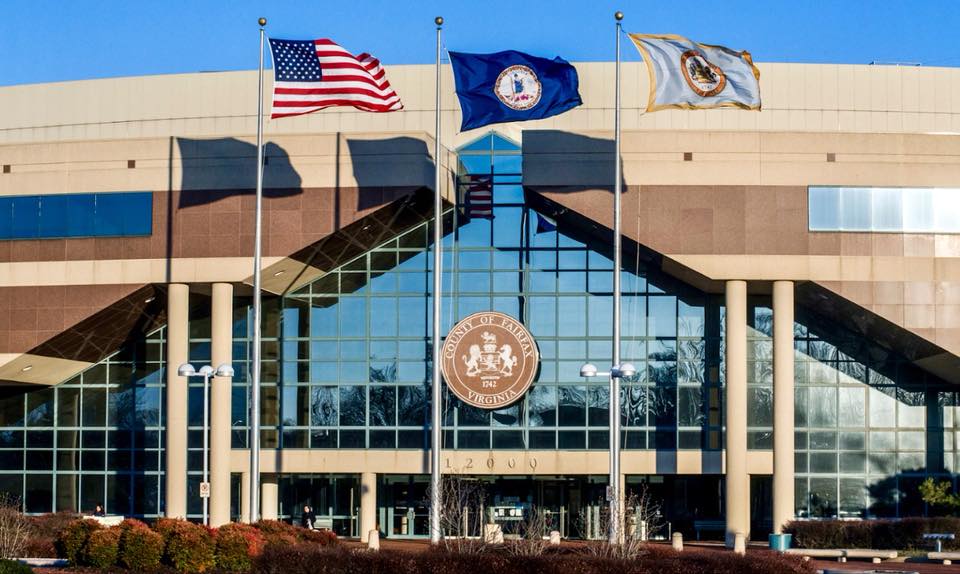Understanding Chimney Health: A Comprehensive Guide for Fairfax VA Homeowners
For many homeowners in Fairfax, Virginia, a fireplace is an integral part of their home. It provides warmth, ambiance, and can even add value to a property. However, what many homeowners may not realize is how important it is to maintain the health of their chimney. Neglecting chimney maintenance can lead to a range of problems, from reduced heating efficiency to serious safety hazards. As such, it’s important to understand chimney health and the essential steps needed to maintain it. This comprehensive guide from A&T Chimney Sweeps – a trusted provider of fireplace, furnace, dryer vent, gutter cleaning, and repair services in Fairfax VA – will help you understand the key aspects of chimney health.
Why Chimney Health Matters
Your chimney plays a crucial role in the safe and efficient operation of your fireplace or heating system. It facilitates the proper ventilation of smoke and dangerous gases such as carbon monoxide. If your chimney is not in good shape, it can lead to poor air quality, inefficient heating, and even house fires.
Signs of a Unhealthy Chimney
Recognizing the signs of an unhealthy chimney is the first step towards maintaining its health. These signs include:
1. Creosote Build-Up: Creosote is a by-product of wood combustion that can build-up on the inside of your chimney. It’s highly flammable and a leading cause of chimney fires.
2. Damaged Chimney Cap or Crown: The cap or crown of your chimney protects it from external elements. If it’s damaged, water can seep into your chimney, causing deterioration and other issues.
3. Cracked or Damaged Flue: The flue is the inner lining of your chimney that protects your home from heat and combustion by-products. A cracked or damaged flue can lead to house fires and carbon monoxide poisoning.
4. Obstructions: Birds’ nests, leaves, or other debris can block your chimney, leading to poor ventilation and potential fire hazards.
5. White Staining (Efflorescence): White staining on your chimney is a sign of excessive moisture, which can damage your chimney over time.
Chimney Maintenance Tips
Proper maintenance is key to ensuring your chimney remains healthy and safe. Here are some essential tips:
1. Regular Cleaning: Regular cleaning is crucial to prevent creosote build-up and obstructions. It’s recommended to have your chimney professionally swept at least once a year.
2. Inspection: Regular chimney inspections can help detect issues early. It’s recommended to have your chimney inspected annually by a professional chimney sweep.
3. Use the Right Wood: Burning the right wood can help prevent creosote build-up. Hardwoods such as oak, maple, or birch are recommended as they burn hotter and cleaner.
4. Install a Chimney Cap: A chimney cap can prevent debris and animals from entering your chimney, reducing the risk of blockages.
5. Repair Damage Promptly: If your chimney is damaged, it’s important to repair it promptly to prevent further deterioration.
Professional Chimney Services
While some aspects of chimney maintenance can be done by homeowners, others require professional expertise. That’s where companies like A&T Chimney Sweeps come in. They offer a comprehensive range of chimney services, including cleaning, inspection, and repair, to help maintain the health of your chimney and ensure your home is safe and warm.
FAQs
1. How often should my chimney be cleaned?
It’s recommended that chimneys be cleaned at least once a year. However, if you use your fireplace frequently, you may need to have it cleaned more often.
2. How can I tell if my chimney needs cleaning?
Signs that your chimney needs cleaning include a strong, unpleasant odor, excessive smoke when using your fireplace, and a thick layer of soot or creosote in your chimney.
3. What are the dangers of not cleaning my chimney?
Not cleaning your chimney can lead to creosote build-up, which is highly flammable and a leading cause of chimney fires. It can also lead to blockages, which can cause carbon monoxide to enter your home.
4. What is involved in a professional chimney cleaning?
Professional chimney cleaning involves removing creosote build-up, clearing obstructions, and inspecting your chimney for any signs of damage or wear.
5. How can I prevent creosote build-up?
You can prevent creosote build-up by burning the right wood (hardwoods are best), ensuring your fire gets enough air, and having your chimney cleaned regularly.
In conclusion, maintaining the health of your chimney is crucial for the safety and efficiency of your home. By understanding the signs of an unhealthy chimney and taking steps to maintain it, you can ensure your fireplace continues to provide warmth and comfort for many years to come.








